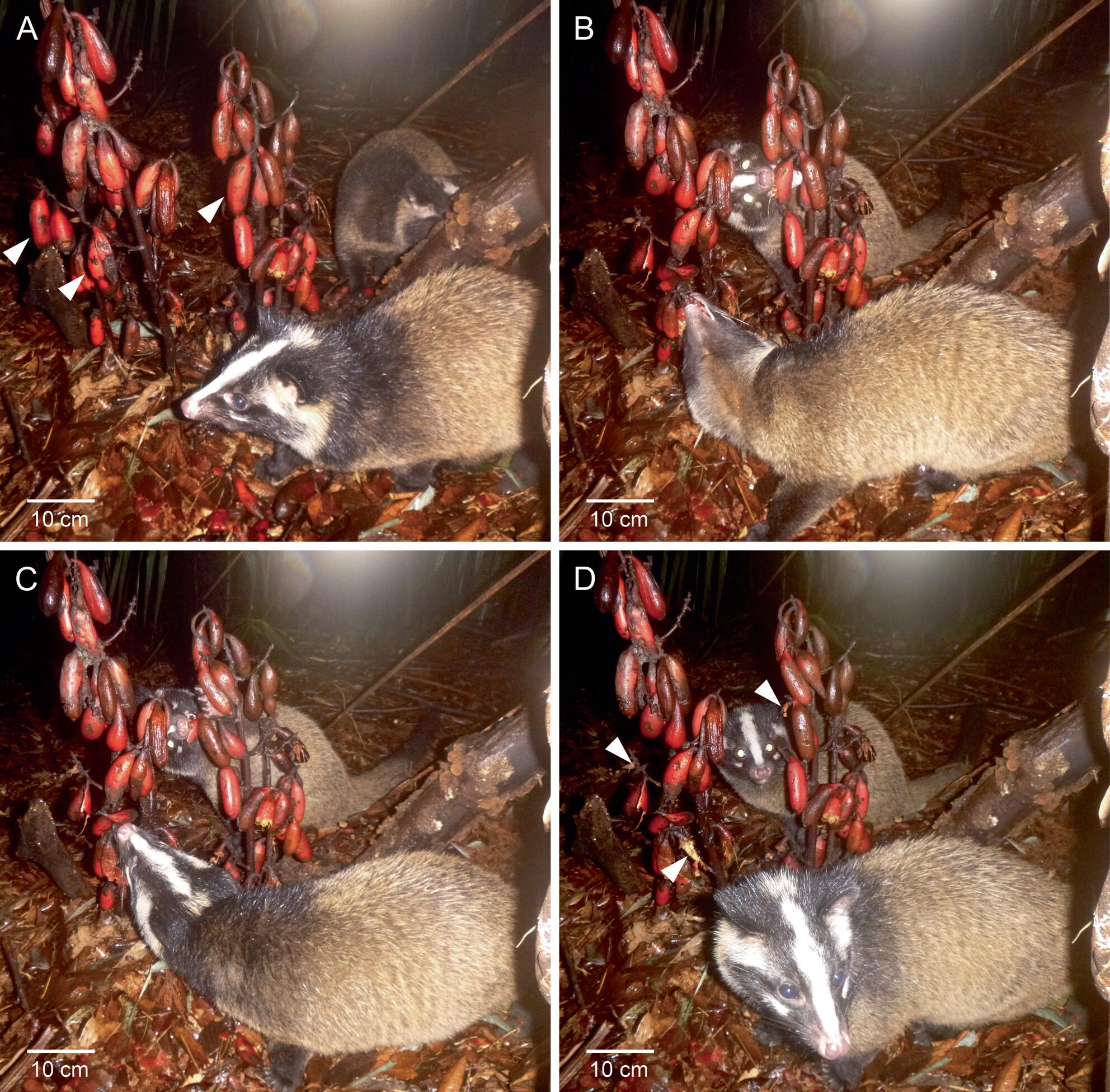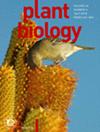麝香植物兰花Cyrtosia septentrionalis的内藻生:果子狸Paguma larvata的种子传播的进一步证据
IF 4.2
3区 生物学
Q1 PLANT SCIENCES
引用次数: 0
摘要
七里香(Cyrtosia septentrionalis)是一种兰科植物,以其香肠状的红色肉质果实而闻名,果实可长达 10 厘米。以前的研究发现,节食和杂食鸟类,尤其是棕耳鹎(Pycnonotidae,百灵纲),是七里香在自然栖息地的主要种子传播者。这一发现挑战了兰花种子主要随风传播的传统观点。此外,由于果实与食草动物之间很少有专门的共同进化关系,因此七里香在某些地区也可能依赖哺乳动物传播种子。我们的目的是探究鸟类以外的动物食用水果的习性。我们使用装有运动传感器的照相机观察动物与七叶树果实的互动,并评估种子食用后的存活率。观察结果显示,有三种动物食用果实,其中果子狸是调查种群中的主要食用者。对从果子狸粪便中提取的种子进行的显微镜分析表明,种子在经过这种食肉哺乳动物的消化系统后仍然完好无损,可以存活。上述发现表明,食肉哺乳动物在七里香的种子传播过程中可能与鸟类一起发挥作用,从而拓宽了我们对兰科植物所采用的复杂种子传播策略的认识。本文章由计算机程序翻译,如有差异,请以英文原文为准。

Further evidence for endozoochory in a mycoheterotrophic orchid Cyrtosia septentrionalis: seed dispersal by the masked palm civet Paguma larvata
求助全文
通过发布文献求助,成功后即可免费获取论文全文。
去求助
来源期刊

Plant Biology
生物-植物科学
CiteScore
8.20
自引率
2.60%
发文量
109
审稿时长
3 months
期刊介绍:
Plant Biology is an international journal of broad scope bringing together the different subdisciplines, such as physiology, molecular biology, cell biology, development, genetics, systematics, ecology, evolution, ecophysiology, plant-microbe interactions, and mycology.
Plant Biology publishes original problem-oriented full-length research papers, short research papers, and review articles. Discussion of hot topics and provocative opinion articles are published under the heading Acute Views. From a multidisciplinary perspective, Plant Biology will provide a platform for publication, information and debate, encompassing all areas which fall within the scope of plant science.
 求助内容:
求助内容: 应助结果提醒方式:
应助结果提醒方式:


